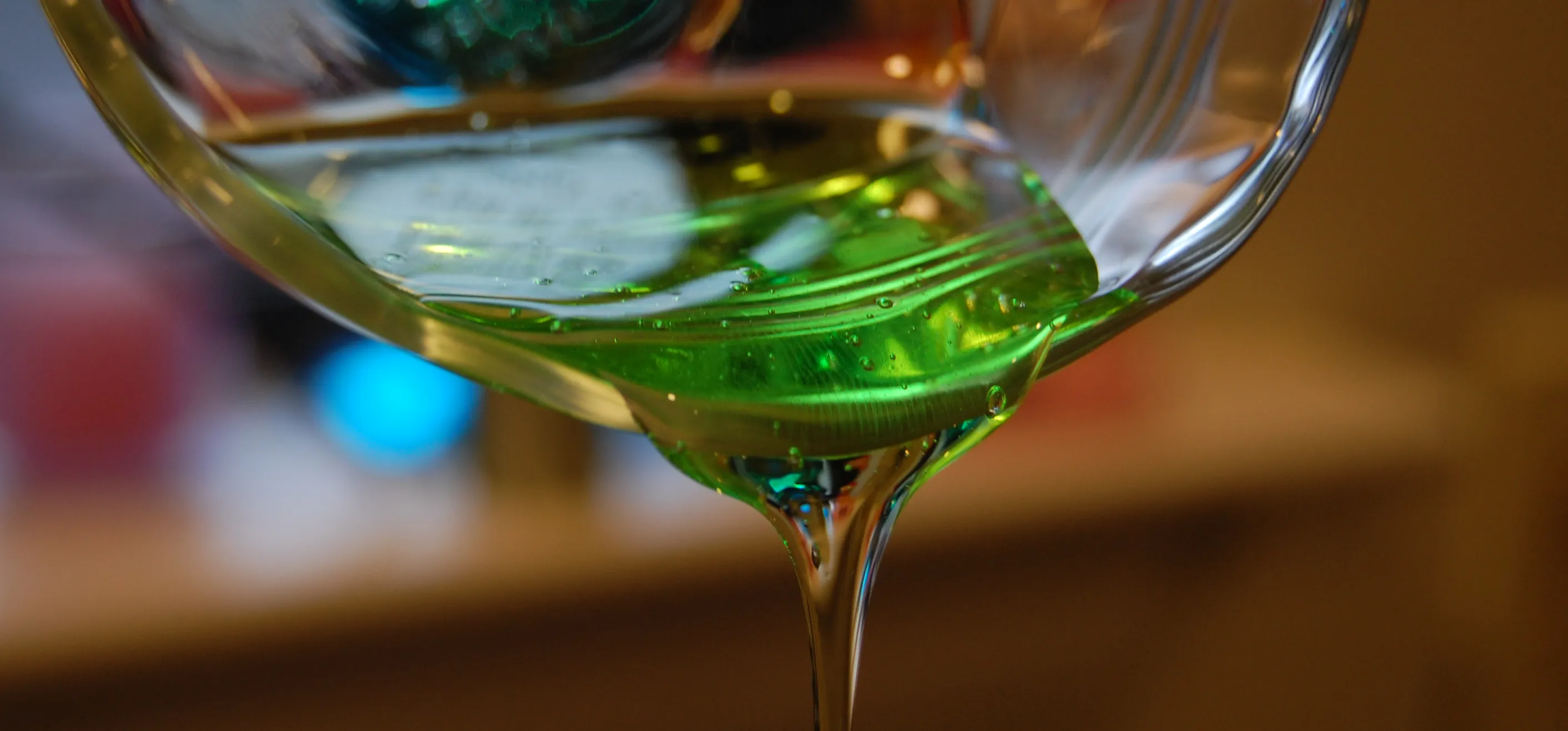MAKE Magazine recently opened the Make: Science Room, a "DIY science classroom, virtual laboratory, and a place to share your projects, hacks, and laboratory tips with other amateur scientists."
a "DIY science classroom, virtual laboratory, and a place to share your projects, hacks, and laboratory tips with other amateur scientists."
The resource currently offers labs in chemistry and forensics, with the promise of branching out into biology, astronomy, Earth sciences, and other disciplines in the future.
The forensics labs are particularly fun. Learn how to collect and analyze crime scene evidence: soil samples, found fibers, and hair specimens.
When solving crimes with forensic evidence, first thing's first: you need a great microscope. The article on choosing the right one is very useful. Check out the different microscopes assessed below.

Figure 1. A typical compound microscope (image courtesy National Optical & Scientific Instruments, Inc.)

Figure 2. A typical stereo microscope (image courtesy National Optical & Scientific Instruments, Inc.)

Figure 3. Monocular, dual-head, binocular, and trinocular head styles (images courtesy National Optical & Scientific Instruments, Inc.)






















Comments
Be the first, drop a comment!